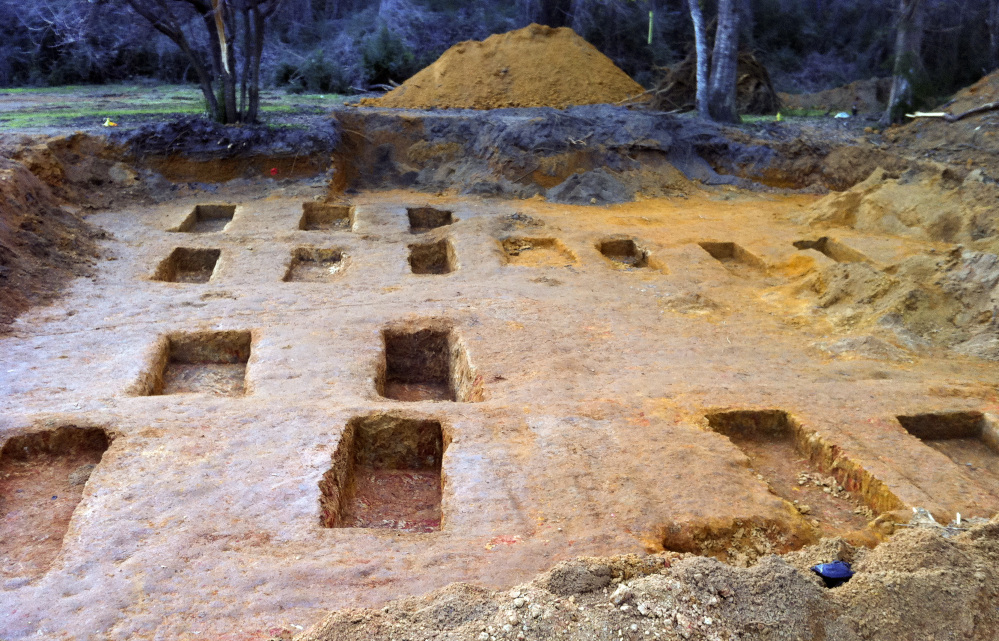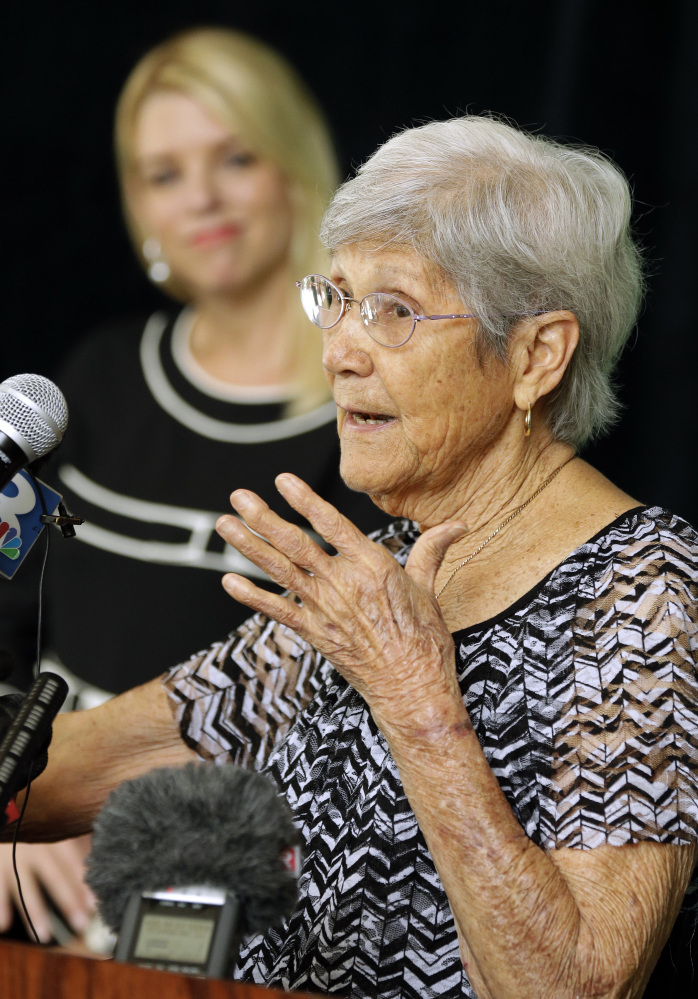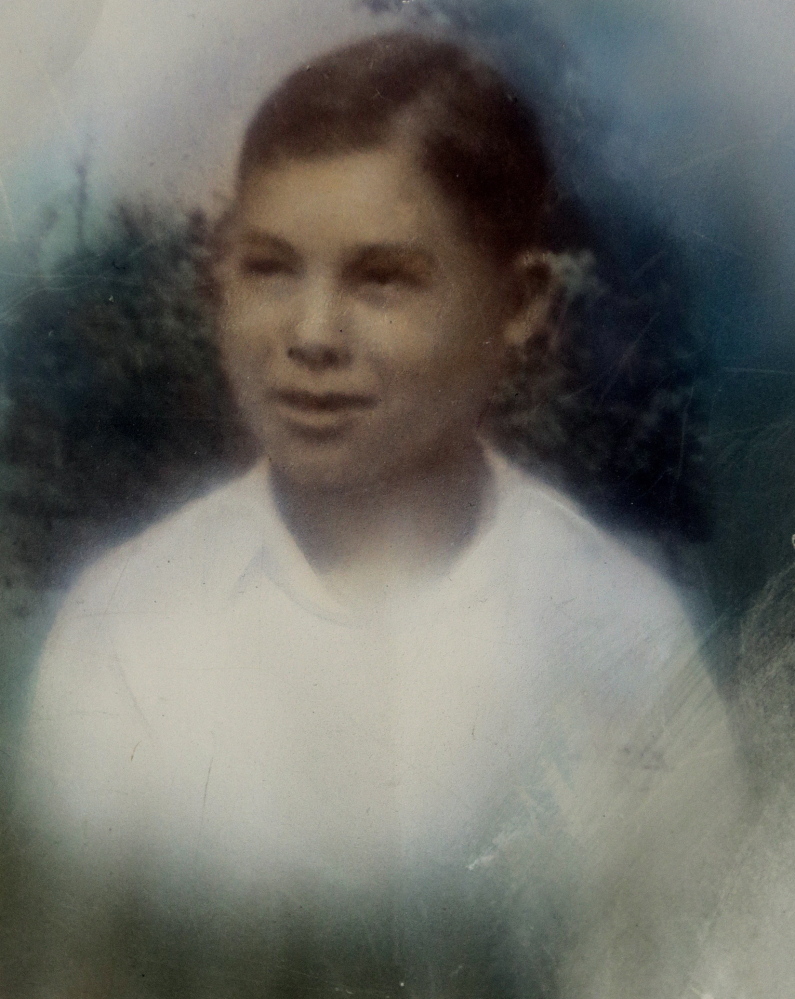TAMPA, Fla. —In December 1940, Owen Smith’s mother wrote the superintendent of the then-Florida Industrial School for Boys about the welfare of her 14-year-old son, who had been sent there months earlier for being with a friend in a stolen car.
Frances Smith received a letter from superintendent Millard Davidson, saying no one knew where Owen was. A month later, the family was summoned to Florida Panhandle school and led to an unmarked grave. Owen was in it, they were told – he had escaped and was found dead under a house. Frances Smith never accepted the story. She waited for him to come home.
On Thursday, University of South Florida researchers said they had identified George Owen Smith as the first of 55 bodies they exhumed from the grounds of the renamed Arthur G. Dozier School for Boys, an institution with a troubled history where the facilities were often decrepit and guards were accused of brutality. The researchers were unable to determine how Owen died, and they will probably never know.
Owen hastily buried in a two-foot grave, lying on his side with his hands over his head, they said. He was unclothed other than a shroud. His family says he will soon be reburied next to his mother and father in the central Florida city of Auburndale.
“This is what we worked for,” said his sister, Ovell Krell, now 86. “It was not an easy road.”
The identification was made through a DNA sample collected from Krell.
Official records showed 31 burials at the Marianna school between its opening in 1900 and its 2011 closure for budget reasons, but researchers found the remains of 24 additional people between last September and December.
Some former students from the 1950s and 1960s have for at least a decade accused employees and guards at the school of physical and sexual abuse, but the Florida Department of Law Enforcement concluded after an investigation that it couldn’t substantiate or dispute the claims because too much time had passed. Many former Dozier inmates from that era call themselves “The White House Boys” after the white building where they say the worst abuse took place.
In 2008, the Florida Department of Juvenile Justice held a ceremony to officially “seal” the building and recognize the boys who passed through it. Some of “The White House Boys” were present and media coverage of the event, as well as an order from then-Gov. Charlie Crist, led to the investigation. Researchers, reacting to the allegations, excavated the graveyard at the school.
Krell said her older brother would wear a guitar string around his neck and that the family would sing country-western songs for entertainment. He hadn’t been in trouble before the stolen car, she said.
Over the years, the family had kept his wallet, which was displayed at Thursday’s press conference.
“It was important to him and I often wondered why he left it,” Krell said. The wallet had a Junior G-Man card, which was tied to a popular radio program that featured a former FBI agent.
At its peak in the 1960s, 500 boys were housed at the Dozier school, most of them for minor offenses such as petty theft, truancy or running away from home.
In 1968, when corporal punishment was outlawed at state-run institutions, then-Gov. Claude Kirk visited and found the institution in disrepair with leaky ceilings, cramped sleeping quarters, no heating for the winters and buckets used as toilets.
“If one of your kids were kept in such circumstances,” he said then, “you’d be up there with rifles.”
Copy the Story LinkSend questions/comments to the editors.





Success. Please wait for the page to reload. If the page does not reload within 5 seconds, please refresh the page.
Enter your email and password to access comments.
Hi, to comment on stories you must . This profile is in addition to your subscription and website login.
Already have a commenting profile? .
Invalid username/password.
Please check your email to confirm and complete your registration.
Only subscribers are eligible to post comments. Please subscribe or login first for digital access. Here’s why.
Use the form below to reset your password. When you've submitted your account email, we will send an email with a reset code.